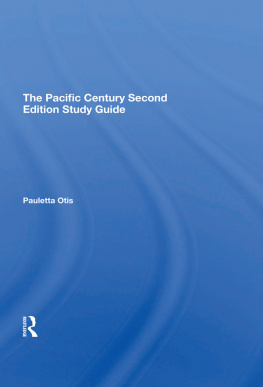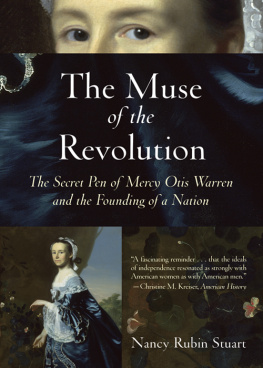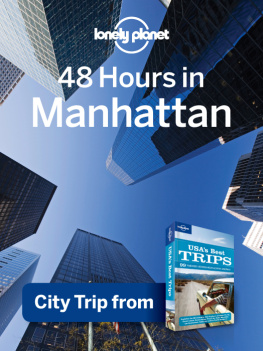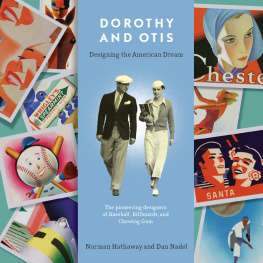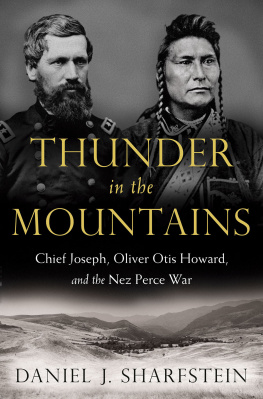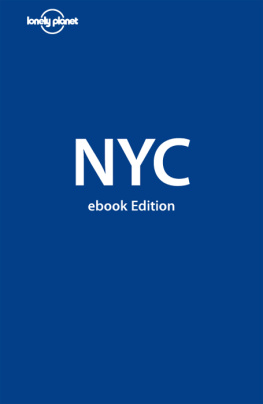Pauletta Otis - The Pacific Century Second Edition Study Guide
Here you can read online Pauletta Otis - The Pacific Century Second Edition Study Guide full text of the book (entire story) in english for free. Download pdf and epub, get meaning, cover and reviews about this ebook. year: 1999, publisher: Routledge, genre: Politics. Description of the work, (preface) as well as reviews are available. Best literature library LitArk.com created for fans of good reading and offers a wide selection of genres:
Romance novel
Science fiction
Adventure
Detective
Science
History
Home and family
Prose
Art
Politics
Computer
Non-fiction
Religion
Business
Children
Humor
Choose a favorite category and find really read worthwhile books. Enjoy immersion in the world of imagination, feel the emotions of the characters or learn something new for yourself, make an fascinating discovery.
- Book:The Pacific Century Second Edition Study Guide
- Author:
- Publisher:Routledge
- Genre:
- Year:1999
- Rating:5 / 5
- Favourites:Add to favourites
- Your mark:
- 100
- 1
- 2
- 3
- 4
- 5
The Pacific Century Second Edition Study Guide: summary, description and annotation
We offer to read an annotation, description, summary or preface (depends on what the author of the book "The Pacific Century Second Edition Study Guide" wrote himself). If you haven't found the necessary information about the book — write in the comments, we will try to find it.
The Pacific Century Second Edition Study Guide — read online for free the complete book (whole text) full work
Below is the text of the book, divided by pages. System saving the place of the last page read, allows you to conveniently read the book "The Pacific Century Second Edition Study Guide" online for free, without having to search again every time where you left off. Put a bookmark, and you can go to the page where you finished reading at any time.
Font size:
Interval:
Bookmark:
- I. Importance and theme of the text
- Relevance to the region and the rest of the world
- Effects of modernization
- Conceptual clarification
- Area is defined in fluid, self-identifying and reflective terms
- Differences in geographical, political, and historical terminology
- II. Regions defined
- East Asia
- China
- Manchuria
- Mongolia
- Xinjiang
- Tibet
- Taiwan
- 2. Korean, Japan, and Eastern Siberia
- B. Southeast Asia
- Vietnam, Laos, Cambodia, Thailand
- Islands of S.E. Asia
- Malaysia
- Indonesia
- C. Oceania
- Australia
- New Zealand
- Pacific islands
- D. North America
- III. Two centers of gravity
- The Pacific islands - the ocean
- The Great Wall - the land mass
- Asia
- Pacific Asia
- Pacific Basin
- East Asia: China, Korea, Japan
- South East Asia: Vietnam, Laos, Cambodia, Thailand, Malaysia, Indonesia
- Oceania: Australia, New Zealand, and the Pacific Islands
- The focus of this study is the Asian Pacific.
- The time frame is the twentieth century: 1900 to 2000CE
- There are several major themes:
- (A) The relationship between economic and political development
- (B) U.S. foreign policy in the Pacific
- (C) The unique experience of each of the Asian countries.
- (D) Commonalities in the experiences of each of the countries.
- (E) The question of whether there is a clash of cultures between East and West or whether the Asian experience is simply another aspect of a more general and universal human experience.
Dynasties, Empires and Ages of Commerce: Pacific Asia to the Nineteenth Century
Font size:
Interval:
Bookmark:
Similar books «The Pacific Century Second Edition Study Guide»
Look at similar books to The Pacific Century Second Edition Study Guide. We have selected literature similar in name and meaning in the hope of providing readers with more options to find new, interesting, not yet read works.
Discussion, reviews of the book The Pacific Century Second Edition Study Guide and just readers' own opinions. Leave your comments, write what you think about the work, its meaning or the main characters. Specify what exactly you liked and what you didn't like, and why you think so.

